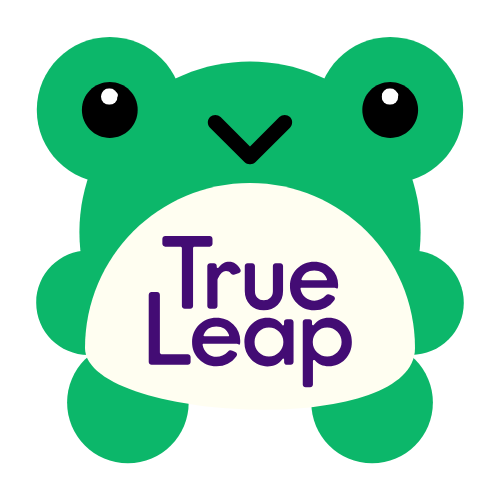School libraries are undergoing a significant transformation, shifting from their traditional role as quiet spaces filled with books to dynamic, multi-functional learning hubs. This evolution is driven by the changing needs of students, advances in technology, and the increased recognition that libraries can play a central role in fostering creativity, collaboration, and critical thinking. Here’s how school libraries are evolving:
- Integration of Technology
Modern school libraries have embraced technology, offering more than just physical books. Many libraries now feature digital resources like e-books, audiobooks, online databases, and access to educational software. Computers, tablets, and even VR (Virtual Reality) stations may be integrated, allowing students to explore digital learning environments and conduct research online. Additionally, school libraries serve as centers for coding clubs, robotics workshops, and other tech-driven activities, providing students with hands-on learning opportunities in areas such as computer science.
- Collaborative Spaces
Instead of just individual study areas, libraries are becoming collaborative spaces where students can work together on projects. Flexible seating arrangements, group workstations, and interactive whiteboards allow for more group-based learning experiences. This transformation reflects the growing emphasis on teamwork and communication skills in education. Many school libraries have areas designed for group discussions, team research, and multimedia presentations, supporting both social learning and innovation.
- Maker Spaces and Creative Areas
One of the most significant shifts in school libraries is the incorporation of maker spaces—creative environments equipped with tools and materials that encourage hands-on learning and exploration. These areas often feature resources like 3D printers, craft supplies, sewing machines, and more. Students can engage in projects related to design thinking, problem-solving, and even entrepreneurship. Maker spaces empower students to take a more active role in their learning by encouraging them to experiment, build, and create, blending the library’s traditional focus on knowledge with a more practical, experiential approach to education.
- Learning Beyond Books
While books remain an essential part of libraries, they are no longer the sole focus. Libraries now house diverse learning materials, such as video tutorials, podcasts, and educational games. Some libraries even organize workshops, author talks, and community events that bridge the gap between the classroom and the real world. Libraries are becoming spaces where students can explore subjects in more immersive and interactive ways, making learning more engaging and connected to current trends.
- Support for Personalized Learning
School libraries are also playing a role in supporting personalized learning. Librarians are increasingly acting as facilitators who assist students in finding resources tailored to their individual interests and learning styles. With access to various digital tools, libraries can provide customized learning paths, enabling students to explore topics that align with their academic goals and personal passions. The integration of artificial intelligence and data-driven resources helps librarians recommend content based on students’ progress and preferences.

